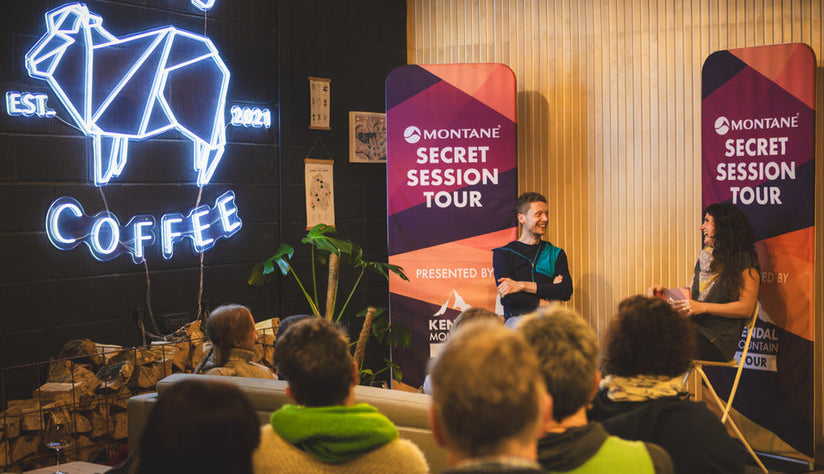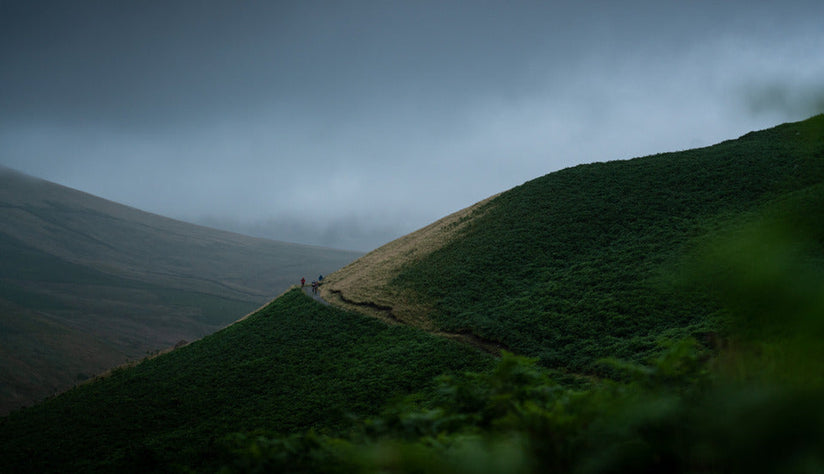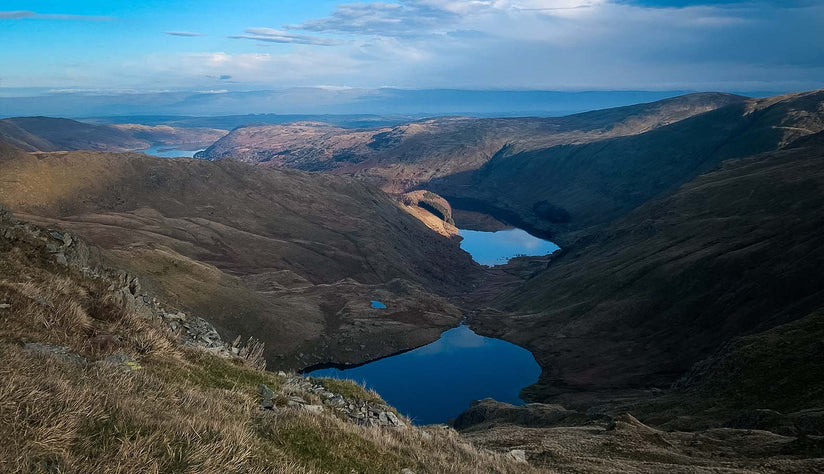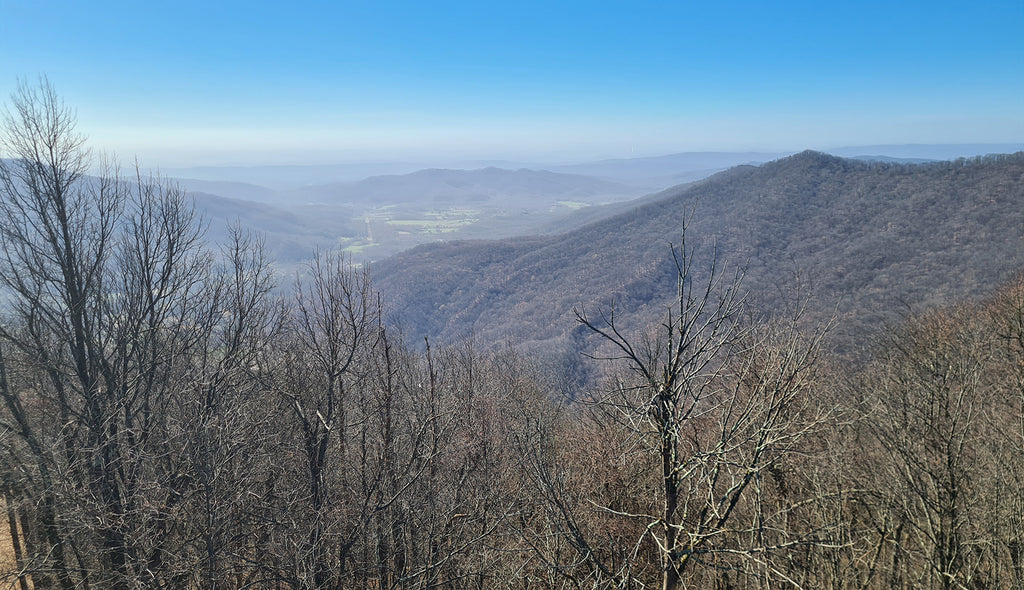For the ultra-running community, the notoriously brutal Barkley Marathons has become the hottest running ticket on the planet. Based in Frozen Head State Park, Tennessee, USA - the mystery and myth surrounding the race make it a truly unique and challenging event for participants.
Brainchild of Lazarus Lake (Laz), racers must be personally selected by Laz and complete 5 gruelling loops of 20 miles, totalling 100 miles. Participants have 60 hours to complete all 5. For anyone underestimating the challenge involved… to date only 17 racers have ever completed the Barkley Marathons. Yes, really. A lot more people have successfully summited Everest…
Having secured a place on this year’s Barkley start line, Trail Running Athlete Tom Hollins shares an in depth view of his experience. Keep reading to see the first installment of his Barkley marathons blog series…
The Lure of the Barkley Marathons
I have no idea where I first heard about the Barkley Marathons. As an ultra runner, it seems to be one of those things I have always known about. What is concrete fact and what is myth is often hard to pin down - this is part of the race’s mystery and one of the factors that makes the race so difficult to prepare for. Amongst the legends about the race, there was only 1 thing I was sure of - it’s the world’s hardest race to complete – and I wanted in.
A lot of races say they are tough but Barkley has the lowest finishing rate of them all. Prior to this year’s race, no one had finished it since 2017. Laz (the race founder) makes the race route harder every time someone finishes. It is designed to be a continually evolving marker for the limits of human endurance. The course is very steep and on technical terrain.
Both these factors make the race more difficult, but this also tends to suit my skill set. You also have to find pages of books hidden under rocks at each checkpoint and no forms of navigation are allowed, other than a map and compass. As someone who was an early adopter of GPX files and electronic navigation, I knew this aspect was likely to be more difficult…

Essential Preparation
I decided last year that to have a chance at the race I would need to train my head more than my legs. I entered my first orienteering events and significantly improved my navigational skill set (while getting told off more than once for still being out on the course after the event had finished). I also decided to head out to the event 2 weeks before the race to recce the course for a week and then taper for a week. A 3-week holiday is a big commitment, but places on the race are hard to come by and you never know if you will get one again.
Now by ‘recce the course’ I mean run the trails in Frozen Head. You aren’t allowed to run off the trails within the national park at any time, except during the race. It’s also illegal to tell others details about the route prior to the race. Most of the race (and all the difficult sections) take place off the trails, making a proper recce impossible. This is a significant factor in keeping the race difficulty high. However, for those who really want to discover the course, a google search of others blogs will gradually build an idea of where several of the course lines are, as well as possible book locations. I won’t repeat what others have put elsewhere as this is part of the adventure of discovering the rich history of the Barkley. I will say that Frozen Ed’s book is a great place to start.

Laz is clear that this is not an orienteering event. He wants you to follow his route. You will not see any of the names Laz gives to his route on a map. Those are Laz’s special names like ‘Hell’, ‘Butt Slide’ and ‘Meat Grinder’. I found out later that the names are pretty accurate descriptions. The trails (referred to as candy ass by Laz) go over most areas of the park and I found that running them built up a good idea of the overall topography. From others blogs, I had also gained a rudimentary idea of where some of the frequent course lines are and tried to eyeball the entry and exit points of these lines to the trails - marking the features for micro nav. The route takes the form of clockwise and anticlockwise laps. I worked on a plan that doing all the trails in both directions would be useful.
The map used during the race is the top map available from the park rangers (the rangers are happy to tell this info to any visitors to the park). The map covers most of the national park area, but not all of it. It also covers a couple of areas which are outside the park. The map contours are poorly defined and, in particular, the rivers are hard to see. I found comparing my recces and the map to a detailed online electronic map useful. I also found out that the map is not even vaguely waterproof. In fact, it seems to have a similar absorbency to toilet paper and I dissolved a couple within a week’s recce. Even once I had applied Sellotape it still leaked in and washed away during a classic Frozen Head downpour.
I worked out that having a copy of the map prior to the race, drawing in the rivers before race day to bring them, as well as the contours out, marking up the course on race day following Laz’s big reveal, then having a means to waterproof your map is the way to go.

(Photography Credit: David Miller)
Frozen Head State Park
More importantly than any of the above, I discovered that Frozen Head is a beautiful place and well worth visiting. The hills are covered in amazing, ancient deciduous forest and, if you are really lucky, you might see some of the local wildlife; my high point was a family of hogs with piglets near Coffin Springs.
The rangers are amazing and are really keen to tell you information about the park. They and all of the Barkley family involved in the race are keen to stress the need to protect this wilderness. This is a very important and understated part of the race - celebrating the wilderness and preserving it for future generations. Which brings me back to recceing. If you plan to recce and do your research, you will work out that a couple of books are often not far from the trail.
The temptation to go and take a look at these sites is high. Don’t do it – the books at these places are easy to find in the race and it is best to preserve the magic of discovery as well as preserve the park itself. Besides, the race describes new runners as virgins. It’s always more fun to lose your virginity with someone else rather than on your own. It’s also usual for virgins to team up with a vet during the race. It does add value to your relationship if you know a few of the moves rather than just following their lead, but if you seem to know all the moves, then your partners will be suspicious as to where you’ve been.
So, following my taper I arrived back at Frozen Head the day before the race having collected my wife, Sara, from the airport for her week of annual leave as my support. She was also pretty keen to learn more about the race and its characters. Although it is also hard for support, I know many supporters have described Barkley as the one of the best experiences they have had. I hoped Sara would get the same vibe…
Stay tuned for more Barkley Marathons insights…
Can’t wait to find out what happened to Tom Hollins on the Barkley Marathons? Don’t miss how the action unfolded in the 2nd installment of our Barkley marathons blog series.














